Advancements in Consumer Electronics
The rapid advancements in consumer electronics are driving the Magnetic Field Sensor Market in notable ways. With the proliferation of smartphones, tablets, and wearable devices, the demand for compact and efficient sensors is escalating. It is estimated that the consumer electronics segment will account for a substantial share of the market, potentially exceeding 30% by 2026. These sensors are integral to features such as compass functionality, gesture recognition, and augmented reality applications. As manufacturers strive to innovate and enhance user experiences, the integration of magnetic field sensors is becoming increasingly essential, thereby propelling market growth.
Emergence of Smart Grid Technologies
The emergence of smart grid technologies is likely to serve as a significant driver for the Magnetic Field Sensor Market. As energy providers seek to modernize infrastructure and improve efficiency, the need for precise monitoring and control systems is paramount. Magnetic field sensors play a crucial role in detecting and managing electrical currents, which is essential for the effective operation of smart grids. The market for smart grid technologies is projected to grow at a CAGR of around 20% in the coming years, suggesting a robust demand for magnetic field sensors. This trend indicates a shift towards more intelligent energy management solutions, further enhancing the relevance of these sensors.
Integration in Aerospace Applications
The integration of magnetic field sensors in aerospace applications appears to be a pivotal driver for the Magnetic Field Sensor Market. These sensors are increasingly utilized in navigation systems, attitude control, and magnetic anomaly detection. The aerospace sector is projected to witness a compound annual growth rate of approximately 5.5% over the next few years, which could significantly bolster the demand for advanced sensor technologies. As aircraft manufacturers seek to enhance safety and efficiency, the adoption of magnetic field sensors is likely to rise. This trend indicates a growing recognition of the importance of precise magnetic measurements in ensuring optimal performance and reliability in aerospace operations.
Growing Demand in Industrial Automation
The growing demand for industrial automation is emerging as a key driver for the Magnetic Field Sensor Market. As industries increasingly adopt automation technologies to enhance productivity and reduce operational costs, the need for reliable sensing solutions becomes critical. Magnetic field sensors are utilized in various applications, including position sensing, motor control, and safety systems. The industrial automation market is expected to expand significantly, with projections indicating a CAGR of approximately 10% over the next five years. This growth suggests a heightened reliance on magnetic field sensors to facilitate efficient and safe operations in manufacturing environments.
Increased Focus on Environmental Monitoring
The increased focus on environmental monitoring is likely to influence the Magnetic Field Sensor Market positively. As concerns regarding climate change and environmental degradation grow, there is a rising demand for technologies that can monitor and assess environmental conditions. Magnetic field sensors are utilized in various applications, including geological surveys and pollution monitoring. The environmental monitoring market is anticipated to grow at a CAGR of around 8% in the near future, indicating a potential increase in the adoption of magnetic field sensors for these purposes. This trend underscores the importance of accurate magnetic measurements in addressing environmental challenges.
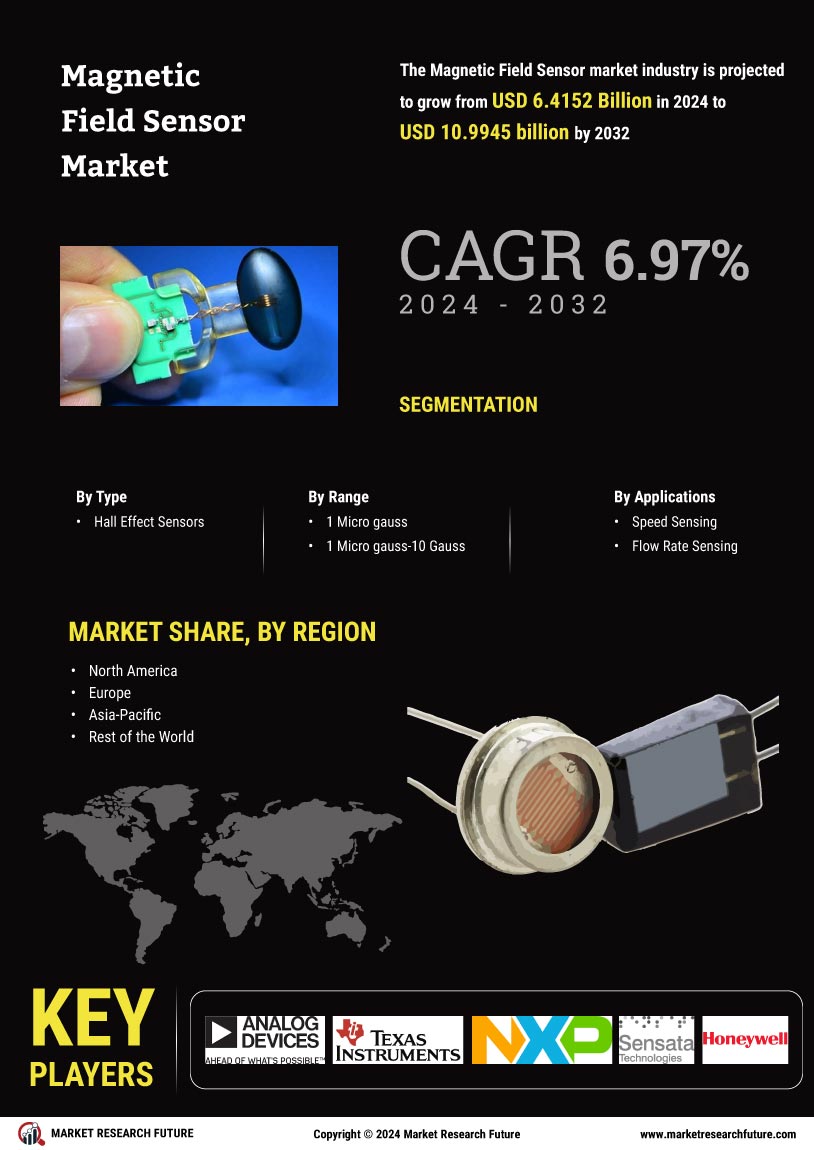
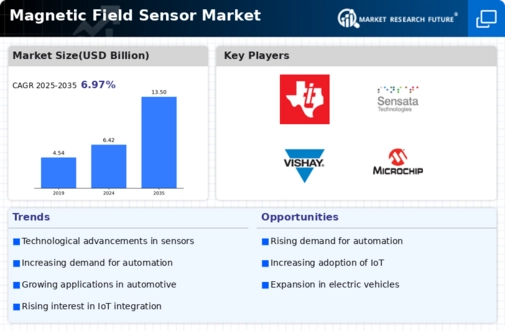
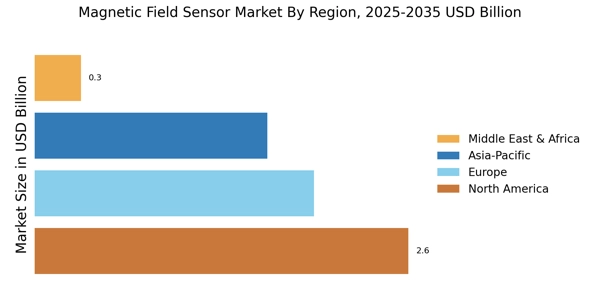
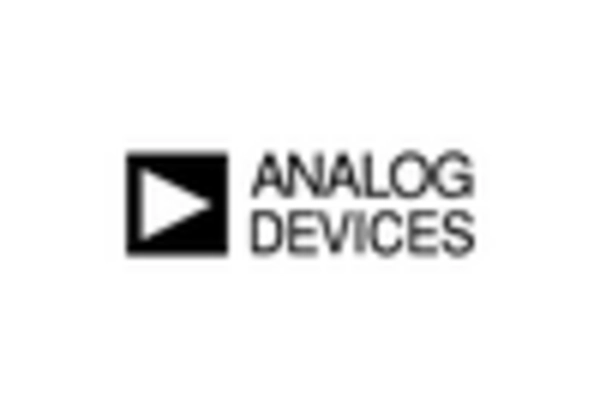
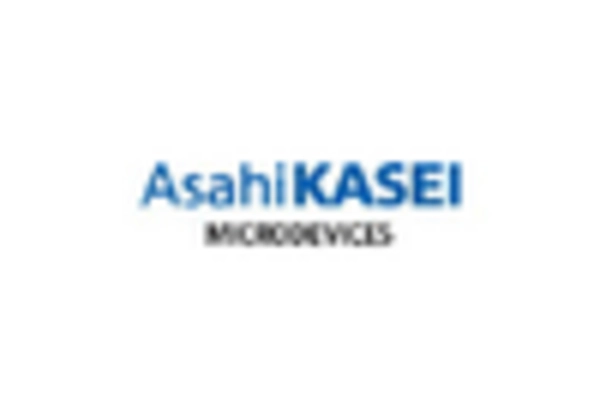

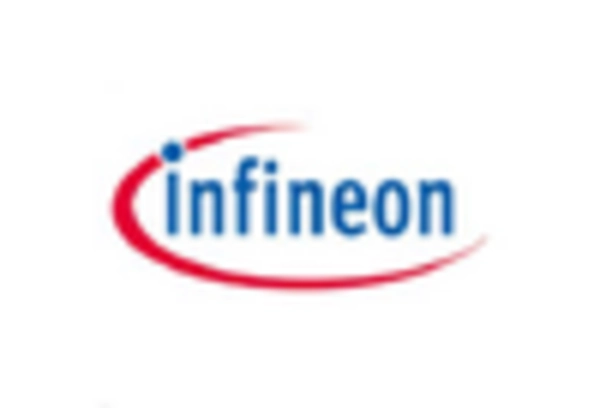
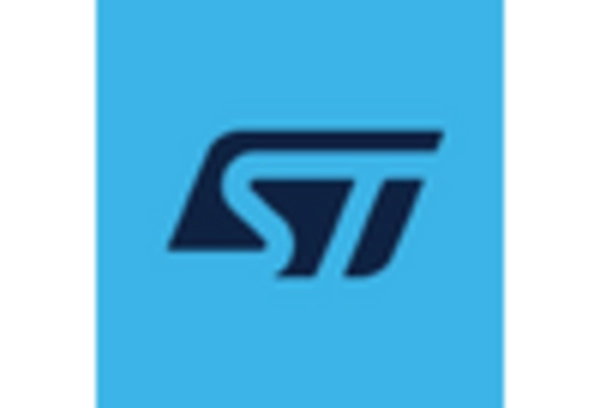








Leave a Comment